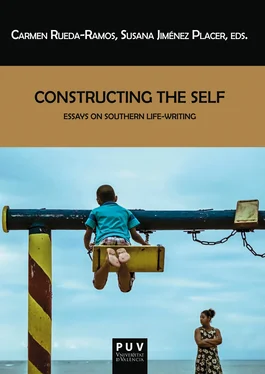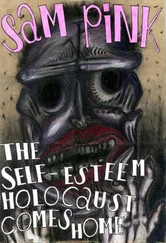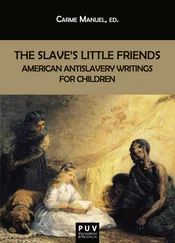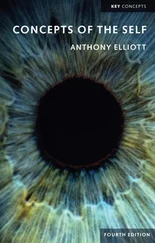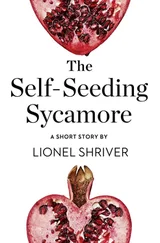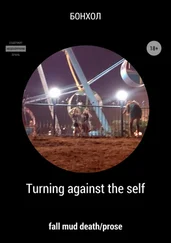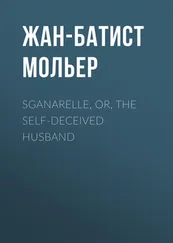Throughout the book, Smith emphasizes the subtlety and constancy with which white children were socialized into the southern racial system. “Neither the Negro nor sex was often discussed at length in our home,” she explains:
We were given no formal instruction in these difficult matters but we learned our lessons well. We learned the intricate system of taboos, of renunciations and compensations, of manners, voice modulations, words, feelings, along with our prayers, our toilet habits, and our games. I do not remember how or when, but by the time I had learned that . . . all men are brothers with a common Father, I also knew that I was better than a Negro, . . . that a terrifying disaster would befall my family if ever I treated a Negro as my social equal and as terrifying a disaster would befall my family if ever I were to have a baby outside of marriage. (27-28)
Obviously interwoven with lessons about gender, Smith’s race training eventually came to include very specific, if often unspoken, rules about not eating or drinking or shaking hands with black people, not calling black men and women “Mr.” and “Mrs.” or showing other forms of respect, and in general not becoming too “familiar” with African Americans.
Even if her race training was gradual, however, Smith did recall especially significant childhood moments , which she called dramas. One particularly influential “drama of the South” began when a white clubwoman in her hometown of Jasper, Florida, happened to find a young white girl living with a black family on the black side of town (34). Convinced that the child had been kidnapped, the town marshal took the girl away and placed her in the Smith home, where she and Lillian became fast friends. Three weeks later, a black orphanage called and informed Smith’s mother that Janie was black. Told that her new friend must return to “Colored Town” and could never play with her again, Lillian demanded over and over to know why, until her mother, her voice “sharp” but her face “sad,” finally ended discussion of the matter with the same words that black parents often used in response to their children’s questions about race: “You’re too young to understand” (37). Although she accepted this answer, Smith knew that “something was wrong” (37). “I knew that my mother who was so good to children did not believe in her heart that she was being good to this child” (38). Nevertheless, Smith “felt compelled” to believe that her mother and other white adults were “right” because that “was the only way my world could be held together” (38).
Smith narrated this incident as an example of a remembered experience that contributed to her eventual renunciation of Jim Crow, but apparently she did not remember it well enough to be certain of her playmate’s name. Six years before she published her autobiography, she wrote an article called “Growing Into Freedom” in which she called the girl “Julie” rather than “Janie” (50-51). Although not as big a fiction as Walter White’s invention of the shotgun, this discrepancy reminds us that white “dramas of social inequality,” like black ones, are narratives , with all of the authorial shaping that the word implies. Indeed, like blacks’ accounts of experiencing and resisting racism, whites’ accounts of learning to distance and subordinate racial others are both personal and generic. As Lillian Smith explained in her autobiography, her specific experience with Janie was “an incident that has rarely happened to other southern children. In a sense, unique. But it was an acting-out, a private production of a little script that is written on the lives of most southern children before they know words. Though they may not have seen it staged this way, each southerner has had his own private showing” (30).
Ultimately, the conventional nature of both black and white autobiographers’ dramas of social inequality does not cast doubt on their objective truthfulness so much as it sheds light on how societal arrangements affect individuals and create subjective truths on a broad scale. Lillian Smith’s analysis of southern children’s racial learning as “dramas” that follow “scripts” written on the lives of children “before they know words” is important because it highlights the fact that autobiographers’ dramas of social inequality are dramas of socialization as well. That is, they are not merely literary conventions or self-conscious political statements; rather, they are a literary subset of a much larger category of narratives that embody the memories and the process of remembering that define and continually redefine individuals’ sense of themselves—regardless of whether they ever write these narratives down in memoirs. The somewhat conventional childhood stories that I have been calling dramas of social inequality are best understood as highly crafted versions of the usually unwritten stories we all tell ourselves about ourselves in an effort to understand who we are and how we fit in our world. No matter how much an autobiography may be shaped by adult concerns, the childhood stories that autobiographers tell contain a core of identity-shaping experience. They are touchstones of memory worn smooth by frequent handling. Thus, barring conscious deception, the “polished” narrative of an autobiographer does not necessarily tell us less about his or her experiences than a supposedly “unvarnished” account. Instead, if we recognize that every experience involves individuals’ subjective interpretations of events, we may find that the highly interpreted stories of autobiographers tell us even more than putatively transparent texts.
In Reading Autobiography , Smith and Watson argue that, as readers of autobiography, we need to “attend to the role of remembering—and conscious forgetting—in the act of making meaning out of the past and the present” (30). We also need to draw on Joan Scott’s foundational essay “The Evidence of Experience” to understand that “it is not individuals who have experience but subjects who are constituted through experience” (779). As Smith and Watson summarize Scott’s point, experience is “the very process through which a person becomes a certain kind of subject owning certain identities in the social realm, identities constituted through material, cultural, economic, and psychic relations” (30-31). Patterns of experience result in patterns of subjectivity—they are private productions of little scripts, as Lillian Smith wrote, deploying that helpful dramaturgical metaphor that Kevin Gaines also used.
Historians tend to be most interested in the patterns, the scripts—that is, in the social and cultural more than the individual level. Nevertheless, there is something to be gained by exploring the nature of subjectivity. In Touching the World , critic Paul John Eakin posits that autobiography is never simply mimetic, but attempts to transform the past, involving “a simultaneous acceptance and refusal of the constraints of the real” (46, 180). Attuned to individual psychology, Jennifer Fleischner expands on Eakin’s insight in Mastering Slavery: Women, Family, and Identity in Women’s Slave Narratives . She argues that autobiographers not only find themselves, but create themselves in writing and that they do so with a greater self-awareness than readers often recognize. Even those authors most committed to telling “the truth” comprehend, at some level, that they can tell the truth only as they saw it and as they have come to understand it. Indeed, for many, the autobiographical impulse derives from a feeling that they have achieved a mature viewpoint on past events. Thus, to write an autobiography is, as Fleischner puts it, “to act on the desire to repeat one’s past in order to ‘supplement’ it, because the past is and was ‘never acceptable’” (20).
Читать дальше
